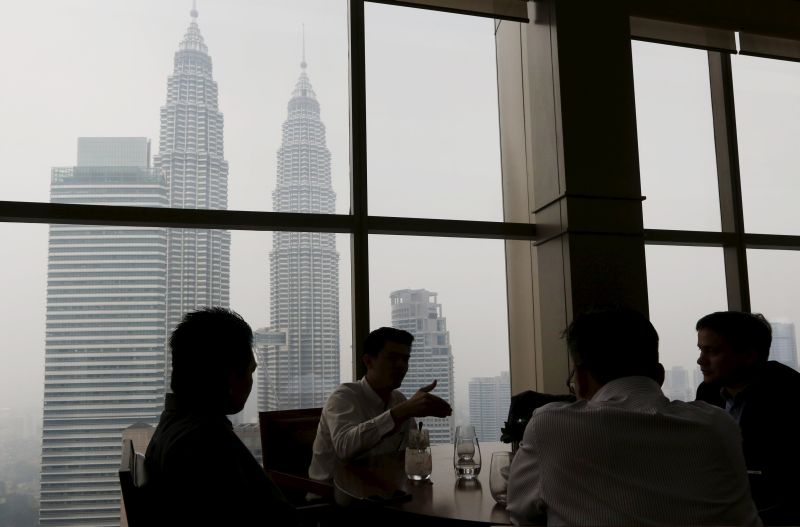KUALA LUMPUR, Oct 9 — More youths are now unemployed as the number of graduates is growing faster than the creation of high-skilled jobs in Malaysia, a research report by the Penang Institute revealed.
In sharing the report’s findings, Penang Institute’s Dr Ong Kian Ming said many Malaysian graduates are also underemployed largely because there are insufficient new jobs matching their qualifications.
“The percentage of high skilled jobs actually decreased, so what they are forced to do is they have to go down the economic ladder, go and find jobs that are in the middle scale and sometimes even the lower scale,” the general manager of the think-tank’s KL office said at the report’s launch.
“And some of them actually apply for the entry-level positions in the civil service even though they are way overqualified,” he added, referring to jobs that do not require tertiary qualification.
Ong, who is also DAP MP for Serdang, noted that the unemployment rate among those with a tertiary education stood at 3.8 per cent in 2015, against the overall unemployment rate of 3.19 per cent the same year.
“You can see around 2011, the number of graduates with degrees have overtaken the number of jobs that are available that are considered high-skilled, this explains the increase in unemployed graduates and a lot of graduates going into the informal sector, because there are just not enough jobs,” he said.
A chart showed that the number of graduates have been steadily rising since 2011 and 2012 to 4,005,400 in 2015, while the number of high-skilled jobs available has grown at a slower pace to 3,587,500 the same year.
As for the informal sector where unregistered business is carried out with less than 10 employees, including those driving under the ride-sharing service Uber, the number of graduates has risen from 89,900 in 2012 to 166,200 in 2015.
All these take place as youths in general have difficulty getting a job in Malaysia, with Ong highlighting statistics that showed the unemployment rate in 2015 among youths in the age group of 20 to 24 to be 9.3 per cent, which is three times the average unemployment rate of 3.5 per cent the same year.
This same age group accounted for the largest portion of unemployed Malaysians in 2015 at 42.06 per cent, while those aged 25 to 29 was the second highest that year at 20.36 per cent.
While the youth unemployment rate in Malaysia is relatively lower than other countries, Ong said policymakers should take note as it would have a negative impact on the country’s economic structure and skills development in the long run.
“The rising number of youths facing joblessness is opportunity cost and ‘wage scars’, in terms of lower pay and reduced life chances in their future work path, since the longer you are unemployed in the formal sector, the worse it looks on your CV,” he said.
The findings on the problem of youth and graduate unemployment ties in with the report’s findings that 2.2 million new jobs have been generated between 2011 and 2015.
The report said the data means Malaysia has already achieved two-thirds of its goal under the government’s Economic Transformation Programme (ETP) to have 3.3 million jobs by 2020, but noted that high-skilled jobs fell from 26 per cent in 2011 to 25 per cent in 2015, while low-skilled jobs grew from 12 per cent to 14 per cent in the same period.
The report titled “Malaysia’s Labour Market and Job Creation under the Economic Transformation Programme (2011-2015)” was prepared by Lim Ping Jun.
The full report is expected to be released next week on Penang Institute’s website.
* Editor’s note: This story has been updated to correct an earlier version that misstated the number of graduates working in the informal sector.



















